
THE CORRECT USE OF BLEACH
Bleach is a biocide, a powerful disinfectant that eliminates 99.99% of bacteria, moulds and viruses (in the right doses).
There are a few precautions to be taken when using bleach, and these depend on a better understanding of the product. In all cases, it is essential to refer to the recommendations on the label.
CONVERSION BETWEEN TABLET AND BACTERICIDE SOLUTION
| 1 jar of 40 tablets: weight (g) per tablet | % of NaDCC | Volume of bactericidal solution with 1 tablet (L)(1) |
| 3.5g | 24% | 1,8L |
| 3.35g | 50% | 3.1L |
| 15g | 50% | 13.9L |
(1) According to EN 13 697 TP2 and TP4 under clean conditions.
To obtain an effective disinfectant solution, a 3.5g bleach tablet with 24% NaDCC should be used in 1.8L of water, a 3g bleach tablet with 50% NaDCC should be used in 3.1L of water, while a 15g tablet with 50% NaDCC should be used in 13.9L of water.
These dosages are recommended to effectively eliminate the betacoronavirus.

HOW TO USE BLEACH TABLETS AND FOR WHAT PURPOSES?
To use bleach tablets correctly, you should also know that they disinfect, but do not clean. Advice on use may vary depending on the weight and NaDCC concentration of the tablet. These dosages are therefore given as a guide only.
Bleach tablets are mainly used to disinfect floors, surfaces, toilets, bins and white linen:
Floors
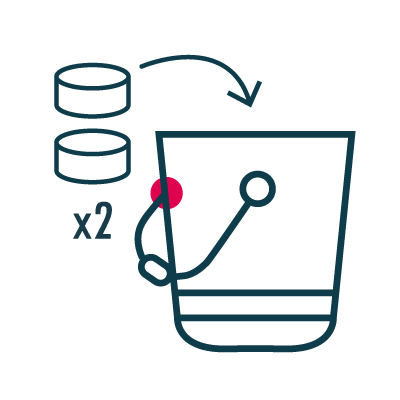
- Wash floors as usual
- Dilute 2 tablets in a bucket of 3 to 5 litres of water (2)
- Mop and leave for 5 minutes
- Rinse with clean water
- And your floors are disinfected!
Surfaces
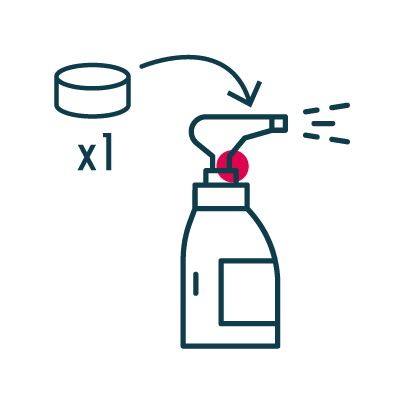
- Clean your surfaces as usual
- Then dilute 1 tablet in a 1L bottle of lukewarm water (2) (3)
- Spray the solution onto your clean surfaces, wipe with a sponge and leave for 5 minutes.
- Rinse with clean water
- And your surfaces are disinfected!
Toilets
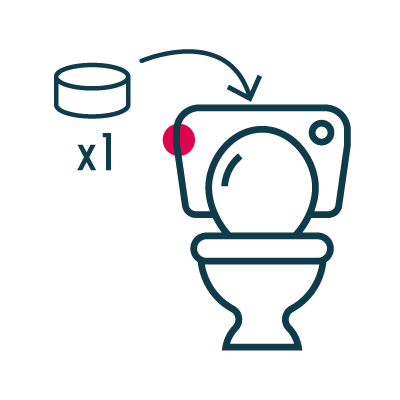
- Clean your toilet as usual
- Put 1 tablet in the bowl (2) (avoid use if septic tank)
- Leave for 5 minutes
- Brush the toilet and flush
- And your toilet is disinfected!
BIN
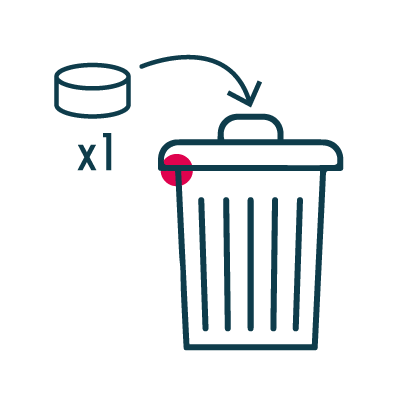
- Clean your dustbin as usual
- Dilute 1 tablet in 2.5 litres of water (2)
- Leave for 5 minutes,
- Empty and rinse with warm water
White linen
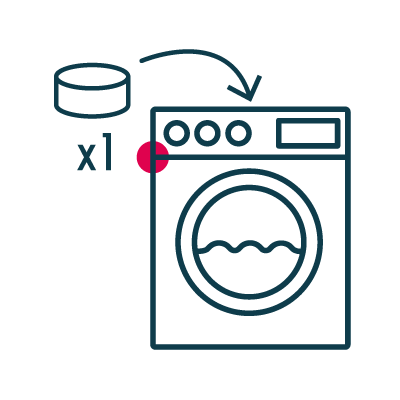
- Place your laundry in the machine (always check the textile label beforehand)
- For a 4-5 kg load, add 1 disinfectant tablet or 2 bleach tablets (2) to the pre-wash tank (do not use directly in the drum).
- Add your usual detergent
- Start your usual wash cycle
- And your laundry is disinfected and/or bleached!
(2)This depends on the % of NaDCC in your formula: check the packaging. (3) For best results, it is best to use the solution immediately.

WHY USE BLEACH?
-ROND.png)
Bleach limits the spread of infectious diseases and epidemics. It provides complete disinfection: bactericidal, virucidal and fungicidal.
Easy-to-use bleach tablets kill 99.99% of bacteria, viruses and fungi.
They help maintain a clean, hygienic environment. Bleach is also effective at eliminating mould, making it ideal for damp areas such as bathrooms and basements

PRECAUTIONS WHEN USING BLEACH
Although bleach is effective, it is important to use it with care:
- Do not mix with other detergents
- Do not use to wash food
- Do not use on the skin
- Do not use on animals
- Do not overdose
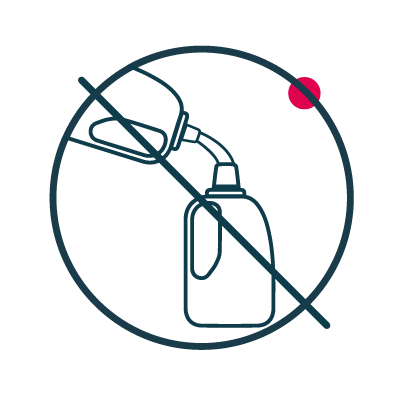
Find out more about the correct way to disinfect
In short, bleach is a very useful product for disinfecting, but it must be used responsibly and in accordance with safety recommendations.







